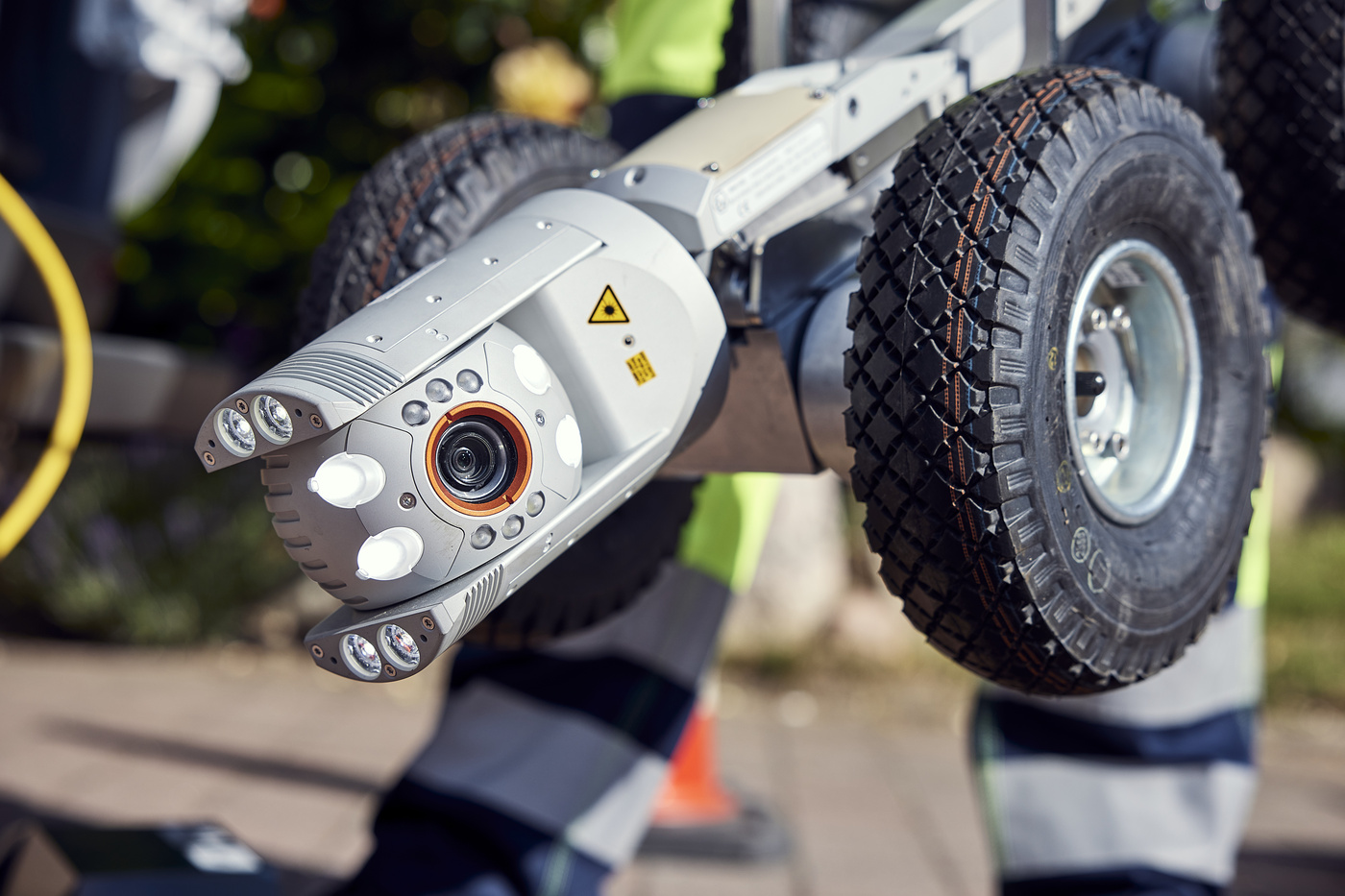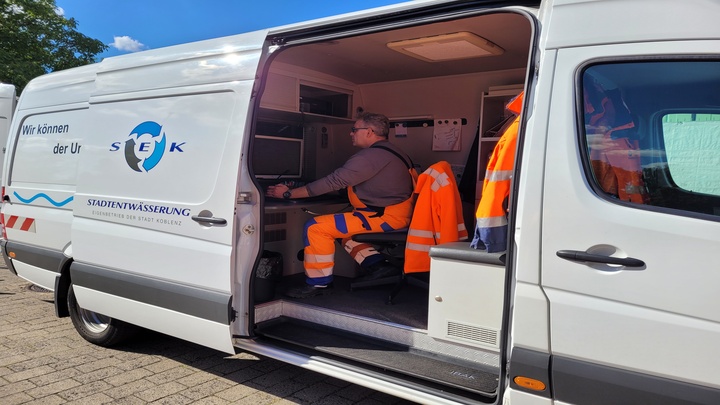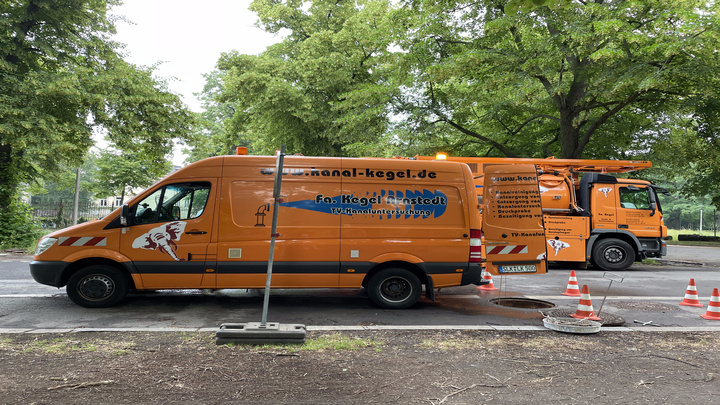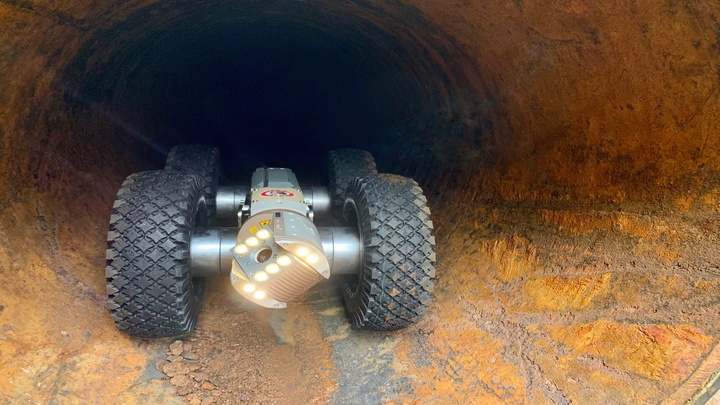Fibre optic cables for high resolution sewer inspection in real time
The volume of data in the world is growing exponentially. The drivers are digitization, technological progress and increasing networking. To enable data-intensive applications and processes at the point of origin in real time and without loss, a digital infrastructure with high-performance networks is needed. With its gigabit strategy, the German government is accelerating the transition from copper to fibre optic networks and aims to ensure nationwide availability by 2030. The basis for this are fibre optics. These have been used successfully in industrial applications for decades and form the foundation for a high-performance, fibre-optic-based Internet infrastructure from intercontinental underground and submarine cables through to private household connections.
Optical fibres: structure and function
Optical waveguides are the umbrella term for light-conducting connections that transmit data via optical signals without delay. As opposed to copper-based cables, photons instead of electrons transport the information in fibre optic cables. Optical waveguides are used in bundled and mechanically reinforced form as fibre optic cables.
Decisive advantages in the use of fibre optic cables
- Bandwidth: Brilliant image quality thanks to high transmission rates
- Range: Loss-free transmission over long distances
- Size and weight: Fibre optics are lightweight and require only a small cable diameter
- Continuously digital: Uncompressed transmission via HD-SDI (High Definition Serial Digital Interface)
- Noise immunity: Insensitive to electrical or electromagnetic interference
- Robustness: Modern optical fibres with a sturdy outer jacket are flexible and resilient






